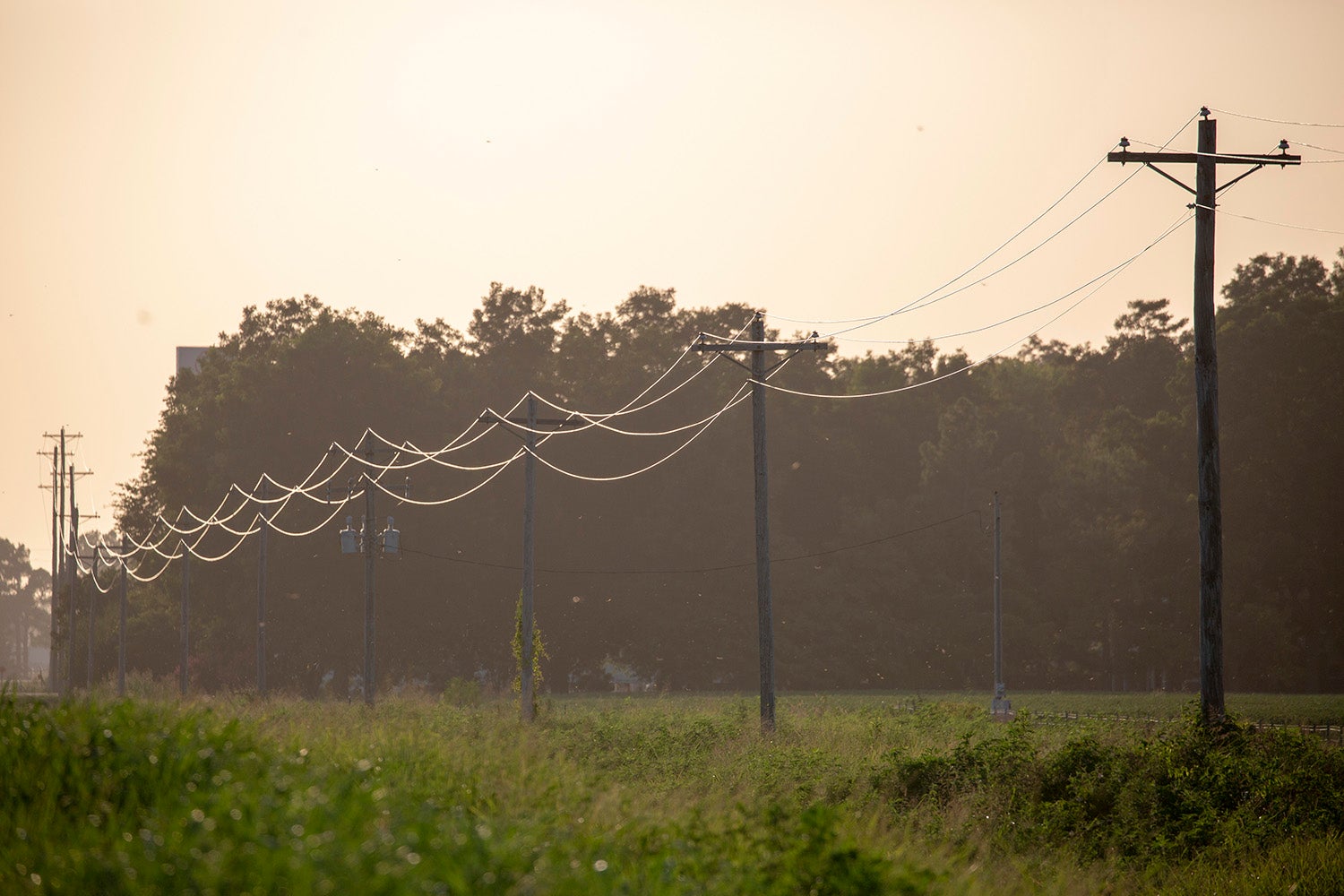 Nick Eltzroth
Nick Eltzroth
Chief Operating Officer
As we all know, energy demands continue to rise, and weather patterns grow more unpredictable, so understanding how we use electricity becomes increasingly crucial. Every household and business in our community plays a significant role in keeping our grid reliable and avoiding potential power interruptions. This guide will explain why your actions matter and how simple changes can make a big difference.
Understanding peak demand
Peak demand refers to the moments when electricity demand is at its highest. These peaks typically occur during extreme weather events - either in the hottest days of summer, when air conditioning usage spikes, or in the coldest days of winter, when heating systems run at total capacity.
Electricity consumption patterns vary throughout the day, with demand often peaking in the early evening, when people return home, businesses are still running, and both residential and commercial systems are using large amounts of energy simultaneously.
As energy consumption increases, the grid faces more strain, especially when power generation is limited. This is where the concept of load-shed comes into play.
What is load-shedding?
Load-shedding is a controlled measure, during which certain areas may experience temporary power outages to prevent a more significant grid failure. This is typically a last-resort measure, but we need to prepare for the growing risk of extreme weather and changes in energy generation.
To avoid total system failure, grid operators may implement rolling blackouts, or load-shedding, temporarily cutting power to specific areas to reduce demand and stabilize the system.
The current situation: Rising demand, less generation
We are in a unique situation in which energy demand is rising. Still, generation is restricted due to EPA environmental regulations and a push to shift from coal and nuclear power generation.
At the same time, renewable energy sources like wind and solar, while vital, are less predictable and cannot always meet demands at critical times.
Regional grid operators like PJM (serving Ohio and Indiana, among other states) are responsible for balancing supply and demand in real-time. These operators constantly monitor the grid and dispatch power plants to adjust their output as needed. If demand rises, they will bring additional generators online; if demand is expected to fall, they will reduce generation. 
How members can help
Small changes make a big difference. Simple actions like turning off lights, adjusting thermostats, and unplugging unused devices during peak times can significantly reduce demand on the grid.
Timing is crucial. Shifting energy-intensive activities like laundry or dishwashing to non-peak hours helps reduce overall grid strain.
Why it matters for our community
When we take small stems to reduce energy usage, the cumulative effect is substantial. It helps avoid the need for load-shedding and keeps our grid stable, especially during extreme cold spells.
Reducing demand also keeps energy costs down for everyone, as high-demand periods are typically when energy is most expensive.
Conserving energy also means fewer emissions and a smaller carbon footprint for our community, which aligns with long-term sustainability goals. 
The risks of inaction
If we don't take proactive steps, we may face more frequent power outages, higher energy costs, and a greater likelihood of emergencies during critical weather conditions.
The role of PPEC
PPEC is committed to ensuring reliable power for all members, but we need your help to meet peak demand and navigate the challenges of today's energy landscape.
Together, we can create a more resilient grid that can weather any storm.
Managing peak demand and being prepared for potential load-shedding is a shared responsibility that requires the active participation of every member. Small actions - like reducing energy use during peak times and shifting high-consumption tasks to off-peak hours - can make a significant difference. By working together, we can reduce the risk of power outages, keep energy costs manageable and support a more sustainable future for our community.
A deeper dive: Why balancing supply and demand is essential
The electrical grid in the U.S. operates on alternating current at 60 Hertz. This means the direction of current changes back and forth 60 times per second. The frequency of the grid is a direct indicator of the balance between supply and demand. When supply matches demand, the frequency stays stable. Deviations, even small ones, can harm equipment like power plants, transformers, and appliances. Low frequency can disrupt motors and damage turbines, while high frequency may cause overheating or equipment shutdowns, potentially leading to supply shortages. Maintaining a stable frequency is crucial to grid reliability.



